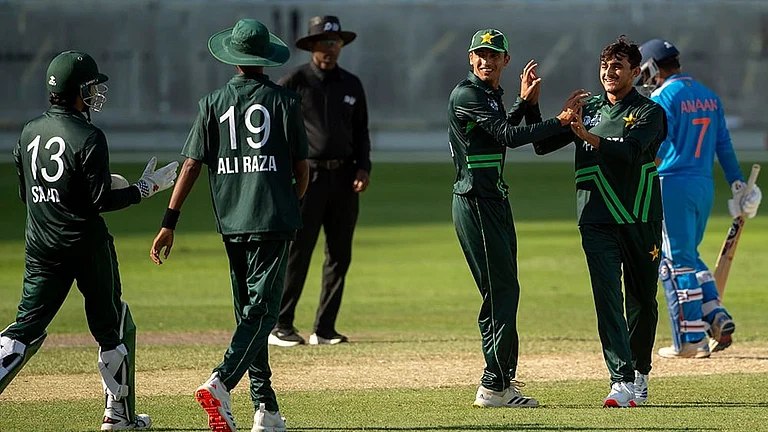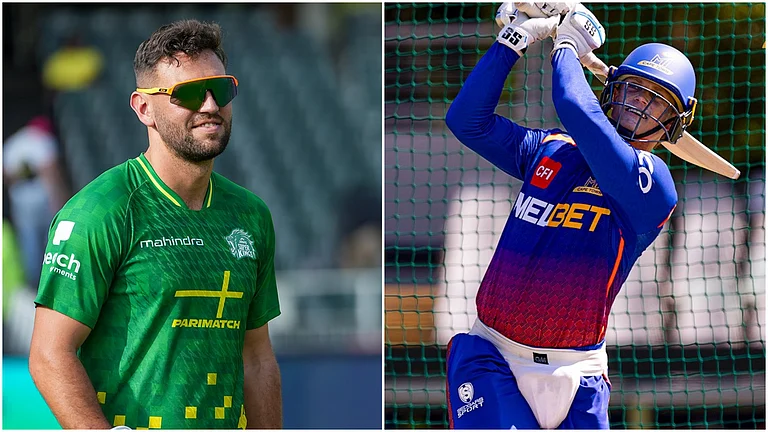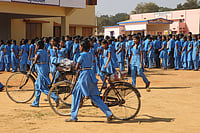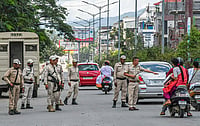India has been witness to many brutal, internal armed conflicts in many parts of the county, including secessionist insurgencies in the Northeast and the Maoist insurgency in Odisha, Jharkhand and the Bastar region in Chhattisgarh for many decades now. The first casualty of such conflicts between government security forces and insurgents are children, who are traumatised caught as they are in the vortex of violence, and thier education.
For instance, a confrontation between the Assam Rifles personnel and the rebels of the United Liberation Front of Asom-Independent (ULFA-I) and several Manipur-based extremist organisations had taken place, claiming the lives of two of the central counterinsurgency force personnel and critically injuring three others on January 22, 2017, in the Jagun area on the Assam–Arunachal border. The site of the armed skirmish is in the vicinity of Wara-1, a village cut off from the Stilwell road by a patch of river. A bridge was constructed on the river in year 2021, but it collapsed within a year. With 43 houses, Wara-1 village is home to Arunachali tribals,
On January 23, 2017, around 100 Assam Rifles personnel clad in camouflage uniforms barged into the village and dragged all male members out of their homes as they were suspected to have facilitated the passage to some rebels the previous day. The men were rounded up in an open field, stripped and beaten with batons for hours before wailing women and children, who had been gathered in a community hall near the church there. “The incident left a deep scar on the children’s minds and they are so scared that they run into the jungles the moment they see men in camouflage uniforms,” said a resident of Wara-1.

Months later, in October 2017, two education officers walked into the village under Z-plus security to assess the children’s learning levels during Gunotsaav, an annual exercise conducted by the state education department to assess the children’s academic performance. However, the children of Wara-1, scared as they were by the sight of men in camouflage uniforms, could not answer the questions and the external evaluators placed them in the D grade in their assessment report.
The armed forces have been regularly conducting raids in the village and have been occupying the government Hanjuwara Primary School there for days at a stretch as part of the anti-terror drive. With its high concrete walls and small windows, the school building acts as a perfect place for parties in conflict to attack and counter-attack in a war zone.
In December 2014, workers had discovered eight human skulls when they were digging the premises of the Tombisana High School in Imphal, the capital city of Manipur, abandoned by central paramilitary forces and being redeveloped into a market complex, to the horror of the entire state. There were reports alleging forced disappearances and extrajudicial killings during the insurgency in the state.
During the days of the Salwa Judum, conceptualised by the slain Congress leader Mahendra Karma, a kind of militia raised and deployed at the behest of the BJP-led state government in 2005 to counter Maoist insurgency in Chhattisgarh, the security forces used to occupy government school buildings in interior villages across the Bastar region and convert them into camps. The then CPI-M government in West Bengal, too, had formed Harmad Bahini on similar lines. In their pre-emptive counter-offensive move, Maoist insurgents would demolish those school buildings to prevent them from taking shelter there. The demolition of schools thus forced three generations of children out of school.

In an open letter published by Economic and Political Weekly in January 2007, the then General Secretary of CPI (Maoism) Ganapathy had justified demolishing school structures, stating that those structures were built with the sole motive of unleashing torture on Adivasi villagers. “When forces barge into our village for patrolling, the villagers run into the jungles and petrified children try to run to school. But when they see the forces gathered around the school, they are more petrified and try to search for a space to hide in the village,” said a schoolteacher of Bathpadh village in Sukma district.
After the Burkapal ambush in 2017, the security forces arrested 128 Adivasi villagers from Burkapal and its nearby villages for suspected links with extremists. On June 10, 2017, when the forces trooped into Burkapal village, the villagers tried to flee to nearby forests to evade arrest. It was a traumatic experience for the children of the village watching government forces manhandling their parents and arresting them. The security forces gathered 37 villagers in the nearby government primary school building where an identification parade was conducted in full public view.
The children had also been regular witness to atrocities perpetrated on their parents by the Maoists. In 2018, for instance, a villager in the Nagri area of the Dhamtari district was killed by Maoists in full public view of the entire village. The body was recovered from the premises of a primary school in the village. Such experiences induce trauma in children and they develop a reluctance and fear of the school buildings. This further inhibits them from learning when in school. No surprises then that enrolment, according to an education official, dropped from close to 50 to barely seven–eight children within a year in 2017 in Burkapal village.

The use of school buildings by parties involved in conflict in India is a common phenomenon called the armament of school buildings. Children in war zones regularly witness violence and atrocities on their close family members by parties engaged in armed conflicts, which induces PTSD (post-traumatic stress disorder) in most of them. According to a report published in 2017 by Save the Children, a non-government organisation working for the betterment of children across the world since 1919, 71 percent of the children in refugee camps in Syria are suffering from PTSD.
Schools can serve as a safe space for war-affected children where educators can work to help children affected and traumatised by the ravages of war. But using school buildings by parties engaged in armed conflicts lessens the possibility of children feeling safe in those school buildings. Furthermore, the occupation of school buildings by parties at war hinders the continuity of schooling for children.
A report published in 2012 by the Global Coalition to Protect Education from Attack, a unique inter-agency initiative to save schools during armed conflicts, 24 countries including India were found using schools for military purposes between January 2005 and October 2012. Based on empirical evidence, it has been stated that around 129 schools were used as barracks or bases for security forces across the country in Bihar, Chhattisgarh, Jharkhand, Tripura, Manipur, Nagaland and Assam, disrupting education for an estimated 20,800 students. There is no data available for Kashmir. Though some reports published in alternative media suggest that the number of schools and colleges occupied by paramilitary forces in Kashmir has doubled after the abrogation of Article 370.
In a report available in the public domain, the National Commission for Protection of Child Rights (NCPCR) had stated that the use of schools by security forces as temporary shelters defeats the spirit of free and compulsory education for all. The report was published after NCPCR teams had visited insurgency-ridden areas in the Northeast, Odisha and central India. The Supreme Court of India had in 2011 ordered the Centre and the Chhattisgarh government to ensure that security forces vacated school buildings in Bijapur and Dantewada in Bastar in four months. However, the occupation of the school premises by the parties engaged in armed conflicts continues unabated.
In 2015, 38 countries came together to sign the ‘Safe Schools Declaration’ in Oslo, committing themselves to implement and safeguard the Guidelines for Protecting Schools and Universities from Military Use during Armed Conflict. After the convention in February 2022, 114 countries signed the declaration and joined hands to implement guidelines to protect schools and children during armed conflicts. However, even after repeated calls by United Nations Secretary-General Antonio Guterres, India is reluctant to sign the declaration.
As the Indian state has been holding some successful and not-so-successful peace talks with various insurgent outfits, the issue of prohibiting schools from military use and securing a safe passage for education, Anganwadi and health workers in war zones should be discussed. Though the Chhattisgarh government has failed to negotiate peace with the Maoists, both parties have come to an unwritten agreement that teachers, education officials, Anganwadi workers and health officials should not be harmed when in a Maoist ‘liberated’ zone. Further, over 300 schools, demolished during the Salwa Judum, have been reopened by the state government in conflict-torn Sukma, Bijapur and Dantewada districts.
In Assam, the state government says that peace talks with ULFA (I) are not possible as Paresh Baruah, who heads the outfit, is not willing to compromise on the demand for a sovereign Assam. However, all stakeholders there can at least work to build a consensus to safeguard the interests of children and their education. Peace talks should not be viewed through a binary lens but have several complex layers which need to be explored.
(Views expressed are personal)
Prasun Goswami is Campaigning for Disarmed schools and safe childhoods


























